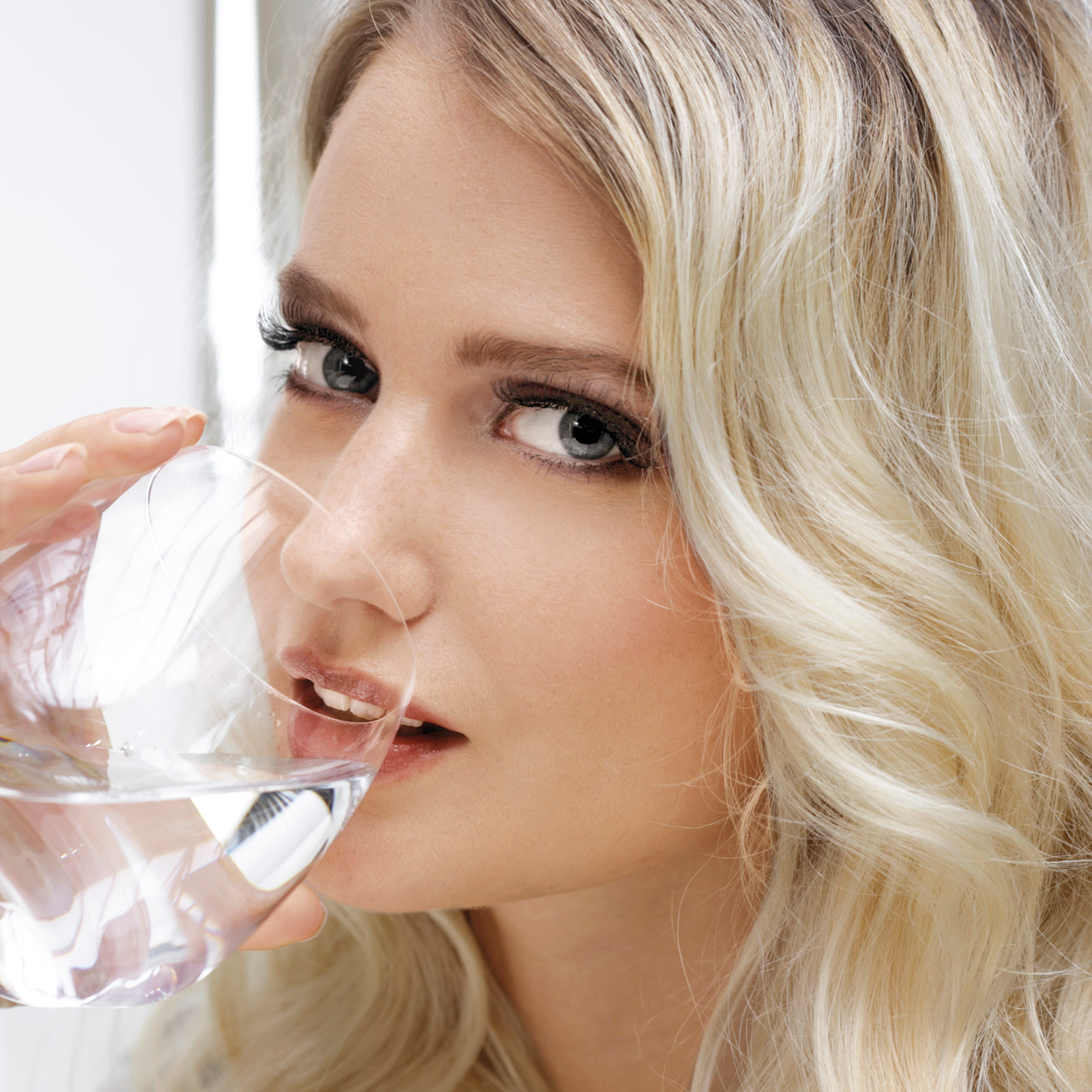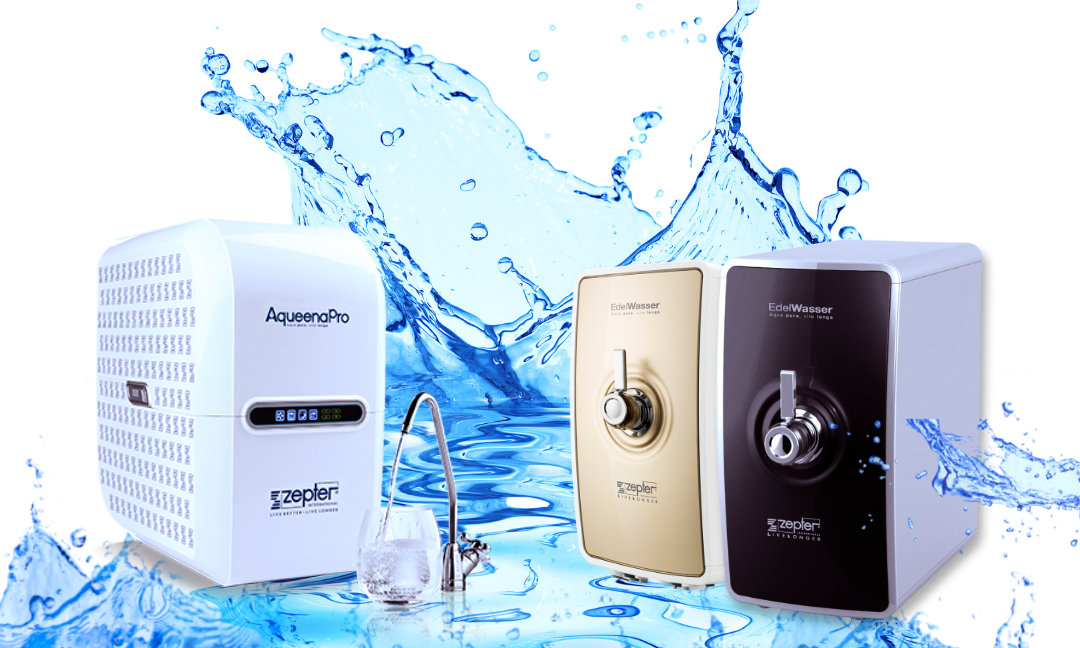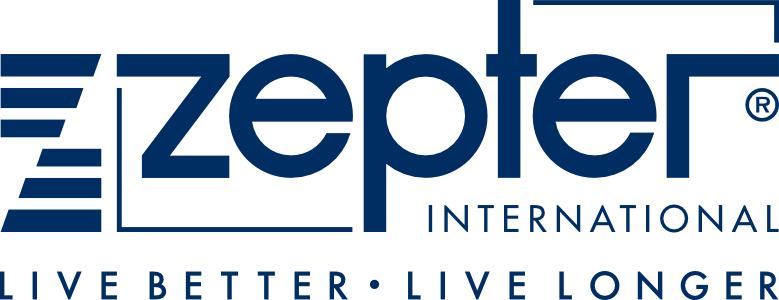WHAT DO YOU DRINK?
IS THE TAP WATER WE DRINK SAFE? MOSTLY NOT.
Tap water is often purified by adding disinfection solvents such as chloride and other chemicals which end up in our bodies, like arsenic, lead cadmium, fluoride or bacteria, yeasts, and viruses. The “purified” tap water that reaches our homes is often full of iron compounds because the water travels through old corroded underground pipes and all of that rust reaches the water we usually drink and use in the household.
The long exposure to such chemicals leads to skin damage, problems with the circulatory system, increased risk of getting cancer, kidney problems, high blood pressure and other serious health conditions.
IS THE BOTTLED WATER WE DRINK SAFE ? PROBABLY NOT.
The biggest concerns are the water bottles that contain BPA (Bisphenol A), which is a toxic chemical categorized as an endocrine disruptor, affecting the normal hormone levels in our body. Even if the material were not a cause of worry, the fact that this industry is not strictly regulated and not obliged to mention the water source on the labels should be. Some bottled water comes from pristine sources, but a huge percentage simply comes from the municipal supply.
More often than not, we choose bottled water because we think that there are no other options. But this solution is expensive and very inconvenient. When we decide for bottled water to be our drinking-water source, we choose to carry hundreds of heavy bottles which are disposed of when emptied, adding to already heavy environmental contamination.
Despite the inconvenience and high cost of our bottled-water investment, we can’t be sure that what’s inside the bottle is actually of quality. The problem with bottled water: 1900 times more expensive than tap water. Heavy and awkward to carry home. Only one in every five water bottles is recycled. The bottled water industry is regulated to a far lesser degree that municipal water treatment facilities.
The manufacture, transport and recycling processes for plastic bottles have hugely negative effects on the environment.

IS THE FILTERED WATER WE DRINK SAFE? MOSTLY YES.
The market today offers a wide range of with filters that vary widely in quality, design, efficiency, and price. Many systems, although pricey, lack the necessary certification, quality control or safety features. They are missing scientific data reports on water purifying efficiency, posing a real threat to our health and well-being.
Filtered water may well be the best, healthiest and cheapest solution if you find the right water filtering system. Think twice before drinking another glass of water – take the smart decision!
WHY REVERSE OSMOSIS IS THE BEST PROCESS FOR WATER FILTRATION?
Reverse Osmosis is a technology that is used to remove contaminants including nitrates, pesticides, sulfates, fluoride, bacteria, pharmaceuticals, arsenic from water by pushing the water under pressure through a semipermeable membrane. The impurities are filtered out after water pressure pushes water through the RO membrane. What is left, is delicious, clean-tasting drinking water.








